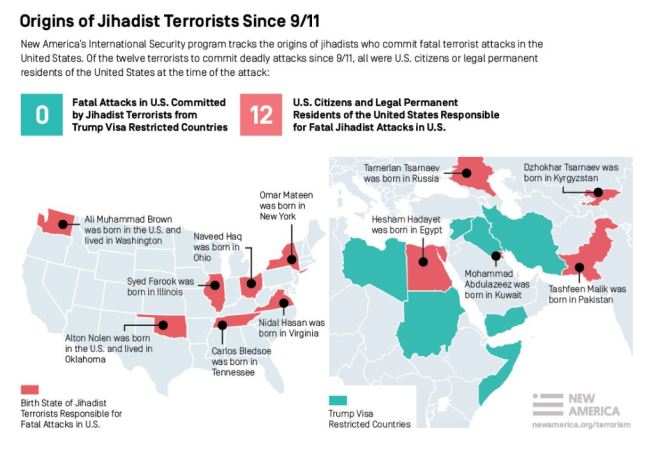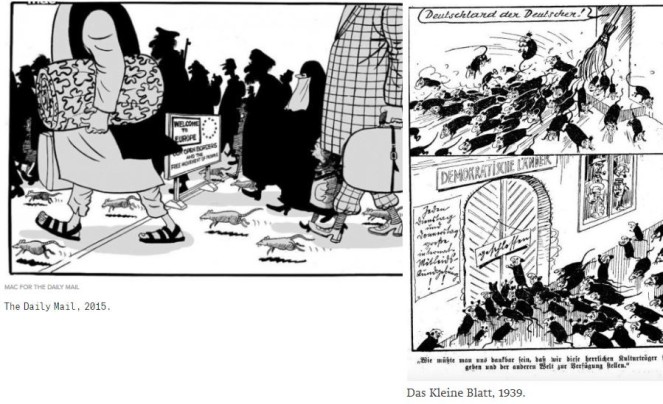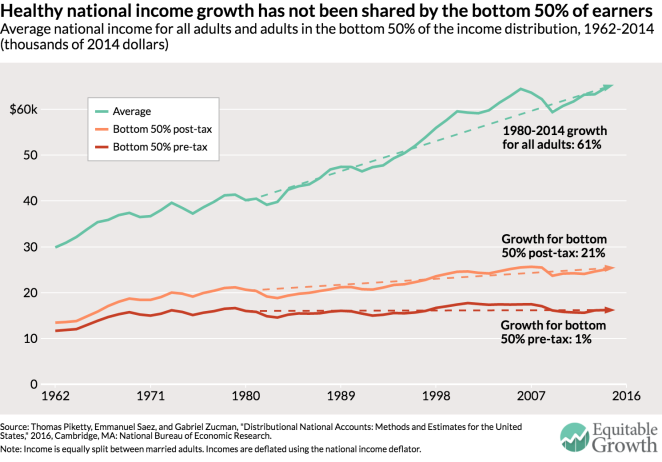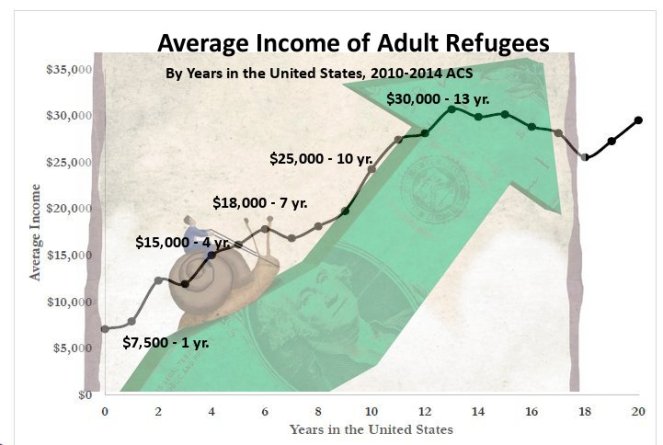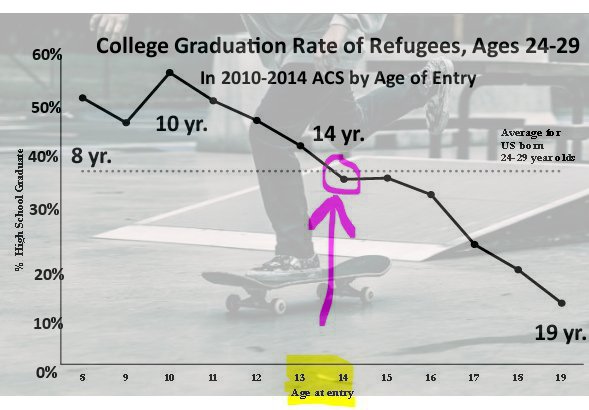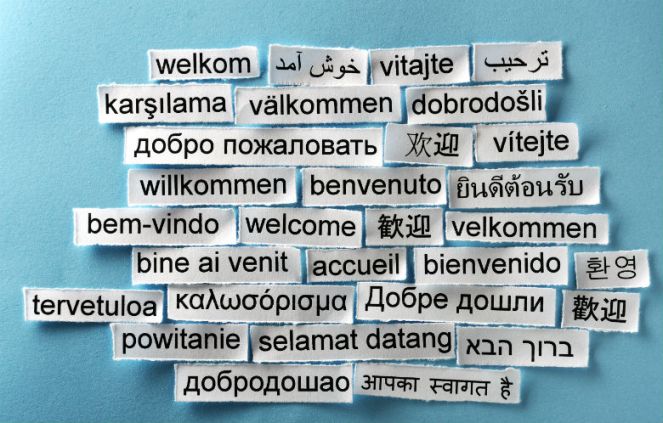Pew Study: Workforce to Shrink Without Immigrants
A new Pew Research Center study bolsters the case for immigration. Pew projects a significant reduction of working-age adult born in the U.S. (whose parents also were born in the U.S). The reduction of 8.2 million of working-age adults, from 128.3 million in 2015 to 120.1 million in 2035 would be partially offset by an increase in the number adults with immigrant parents, who are projected to number 24.6 million in 2035, up from 11.1 million in 2015. The bottom line of this study can be summarized as follows: The U.S. needs new immigrants as baby boomers retire.
Except: […] perhaps the most important component of the growth in the working-age population over the next two decades will be the arrival of future immigrants. The number of working-age immigrants is projected to increase from 33.9 million in 2015 to 38.5 million by 2035, with new immigrant arrivals accounting for all of that gain. (The number of current immigrants of working age is projected to decline as some will turn 65, while others are projected to leave the country or die.) Without these new arrivals, the number of immigrants of working age would decline by 17.6 million by 2035, as would the total projected U.S. working-age population, which would fall to 165.6 million.
While immigrants undoubtedly contribute to the U.S. demographically, a 2016 study by the National Academies of Sciences similarly underscores the positive fiscal impact of immigration. The seminal 496-page study of 2016 finds that immigrants of all ages except for the elderly use fewer public benefits than the U.S. born. “Cross-sectional data from 1994-2013 reveal that, at any given age, adult members of the second generation typically have had a more positive net fiscal impact for all government levels combined than either first or third-plus generation adults.”
Source: National Academies of Sciences, The Economic and Fiscal Consequences of Immigration, Panel on the Economic and Fiscal Consequences of Immigration, 2016.
Source: Pew Research Center, Immigration projected to drive growth in U.S. working-age population through at least 2035, March 2017.


